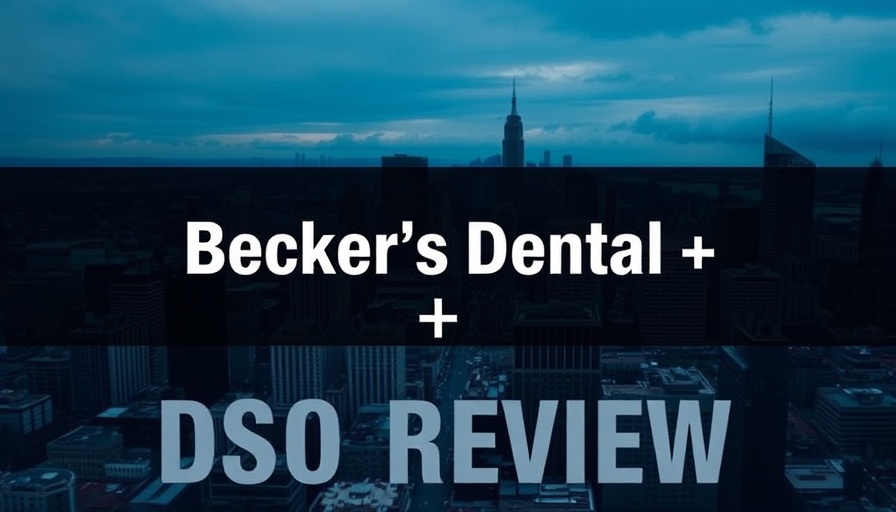
Emerging Trends in Salivary Diagnostics: What Dentists Need to Know
As the dental landscape continues to evolve through technological innovation, saliva diagnostics has emerged as a game-changer for oral health assessment. In this article, we explore four pivotal updates that practitioners, such as Dr. Emily Johnson, should be aware of. These advancements not only enhance diagnostic capabilities but also promote a broader integration of salivary testing within dental practices.
1. Partnership Between Oral Genome and Henry Schein
Oral Genome’s recent partnership with Henry Schein marks a significant stride in expanding salivary testing in both dental and medical offices. This collaboration aims to integrate salivary diagnostics more deeply into standard practice protocols. For dentists like Dr. Johnson, this partnership presents an opportunity to enhance patient care by providing non-invasive diagnostic alternatives.
2. Integration of SimplyTest's Salivary Technology
The collaboration between Smile Source and SimplyTest embodies a strategic effort to incorporate cutting-edge salivary testing into independent dental practices nationwide. This integration is particularly significant for general dentists who aim to adopt innovative diagnostic tools while maintaining patient-centered care. The testing system promises to simplify the diagnostic process, ultimately driving practice growth and improving patient trust.
3. Molecular Testing for Peri-implant Diseases
SimplyTest's launch of a molecular test targeting microbial species associated with peri-implant disease addresses a growing concern in dentistry. As peri-implantitis remains a prevalent issue affecting many patients with dental implants, the ability to detect pathogens through saliva can lead to early intervention strategies. Emphasizing peri-implant health can be a pivotal part of practice differentiation for dentists focused on implantology.
4. OrisDX's Investment in Cancer Detection
Recently, OrisDX raised $4 million to introduce a saliva-based multiomic platform aimed at detecting oral cancer. As oral health professionals seek advanced diagnostic options, this development underscores the potential of salivary diagnostics not only in the realm of swift disease detection but also in elevating the standard of preventive care. This technology could be integral for dentists committed to holistic patient health strategies.
The Relevance of Salivary Diagnostics in Today's Dental Practices
In light of these advancements, the relevance of salivary diagnostics continues to grow as a critical component of modern dentistry. Dentists have the unique opportunity to leverage these technologies to enhance their practice operations and patient interactions. By integrating salivary testing, dental professionals can stay ahead of industry trends and expectations, directly impacting patient trust and overall success.
Future Perspectives on Salivary Diagnostics
As the field of salivary diagnostics advances, it is poised to play an increasingly vital role in patient diagnosis and preventive healthcare. By adopting these technologies early, practitioners can significantly enhance their service offerings and solidify patient loyalty. Staying abreast of technological innovations should be a primary focus for forward-thinking dentists.
Take Action: Embrace the Future of Dental Diagnostics
With the rapid advancements in salivary diagnostics, now is the time for practitioners like Dr. Emily Johnson to explore these innovations. This evolution not only empowers dental professionals with cutting-edge tools but also fosters a commitment to patient-centric care. Embrace the changes in technology to elevate your practice and enhance your patients’ experience.
 Add Row
Add Row  Add
Add 




Write A Comment